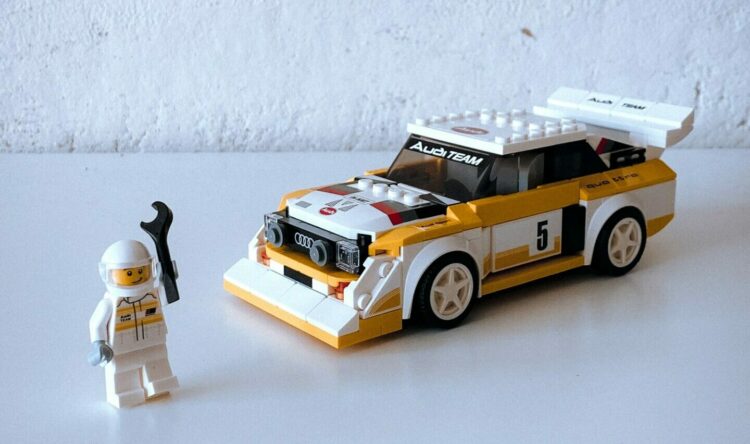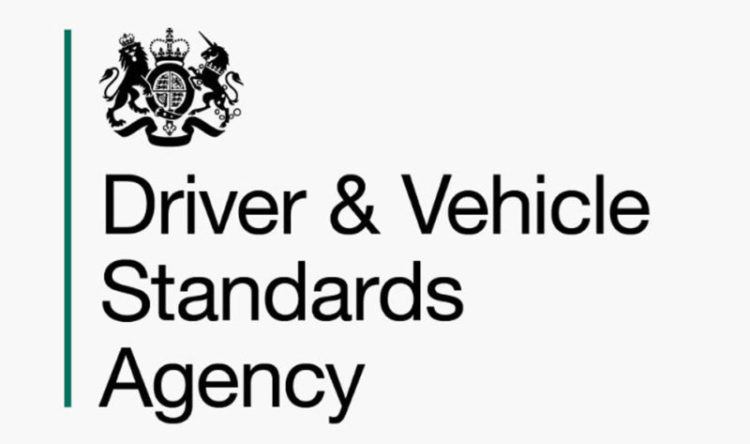No.1:Observation pt 2
By John Farlam - Founder of SmartDriving
Okay pop pickers, this series analyses the ‘Top 10’ test failures, giving you some tips on teaching to help pupils avoid them in the future. In this the second of three articles about ‘Observation at Junctions’ (the No. 1 driving test fail point) the question is ‘Who’s watching who?’ If you attend a driving instructor conference, you might notice the following phenomena: As you approach the conference venue, you see a car in front with three or four people on board. There is no indication that this car is associated with a driving school; no decals, no extra mirrors, etc. However, you might spot the ‘dead giveaway’ that these are fellow professionals… As the car in question approaches a T-junction junction, all of the occupants will start bobbing their heads from side-to-side in order to look right, left and right again. Definitely driving instructors! And herein there lies a problem – the natural instinct to check that the new road is clear. For many instructors this behaviour is so habitual that they aren’t aware that they are doing it. When using role-play in my ADI MasterClass training for experienced instructors, I find it incredibly easy to slip junction observation faults past them, and I don’t need to be very subtle either. If I can do it, then so can learners, the difference being that the learners aren’t doing it deliberately. What should really happen in our car full of instructors is that as the car approaches a junction, the driver should be looking right, left and right, but the other occupants should be turning to look at the driver. Of course, instructors have to keep the car safe – that is always the first priority; but ironically you can probably keep the car safer by watching the learner more effectively, as I explain below.
People Watching
The only way to ensure that learners are making proper checks is to watch them. Your first thoughts might be that if you watch your learner instead of the road, you’ll crash. To a degree this is correct. If all you do is watch the learner, then you will have problems. However, the chances are that you may be able to watch them at least 50% more than you are doing at present and still stay safe. The starting point is to learn from the DVSA (yes, they are good at some things!). Next time you sit in on a driving test, pay attention to the way that the examiner watches the candidate at junctions. While some examiners are more subtle than others, they all have one thing in common; their initial area of focus is the driver, not the road. They only check the road when it is absolutely necessary to do so; after satisfying themselves that proper checks have been made by the driver.
Necessary Habits
When a learner approaches any situation, your first task is to glance across to see where they are looking. In most cases, you’ll know beforehand whether you are expecting the learner to stop or go, and whether direct instruction might be needed (based on your knowledge of that particular customer, the route and the prevailing conditions). If the learner is looking where you want him/her to look, where you instinctively want to look yourself, you can check the road. If, however, the learner is not looking where you want to look, take action to remedy the situation before you start to look yourself – this can be by direct instruction or questions. The important thing is that the learner knows where to look, why to look and that they actually look. In other words, at a junction you look at the learner and then, if necessary, direct their attention to the places that you want or need to look yourself. Using this method, you only allow yourself to look in two places when waiting at junctions; either at the learner or where he/she is looking. If you feel nervous doing this, the chances are that the car is travelling too fast, you have chosen a route that is too complex for your learner’s abilities, or you are not offering sufficient support with prompts or questions. Take your time when working on this skill. When I teach this to experienced ADIs, the structured exercise takes a couple of hours, so teaching yourself ‘on the job’ might take a few days. For many, it’s radical departure from their current day-to-day work habit. So, remember, you can get free tutorials by sitting in the back on tests and watching how the examiners do it.
Stop!
Keeping the care safe is easy! If the learner is not looking properly it doesn’t matter whether there is traffic on the main road or not – this is because you will not allow the car to proceed until the learner has made effective observation. After the learner has checked all around you can make a final safety check yourself to ensure that you are 100% safe. Danger from the front is minimal – if a learner tries to move without looking properly you simply say STOP! The only potential danger is from the rear if your car starts to move then stops suddenly. It means you also need to be aware of what’s happening behind. There’s a simple rule to remember to help ensure that your customers don’t contribute to the DVSA’s fail statistics: “It’s the learner’s job to decide whether it’s safe to proceed at junctions – not yours!”
Next Time: The learner’s task in detail.
Get updates from John twice a week covering all aspects of your business and training – visit now for four weeks free trial here





